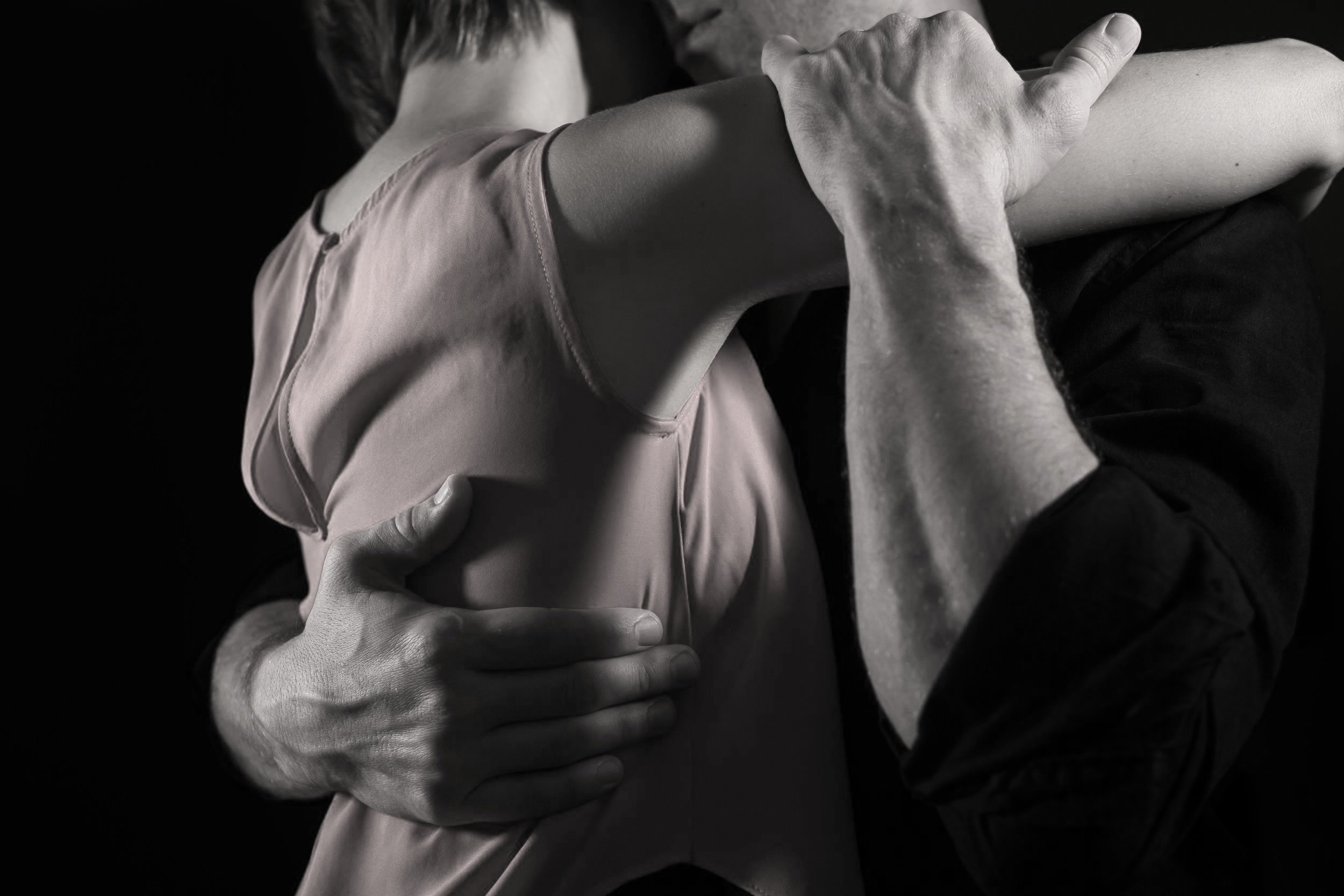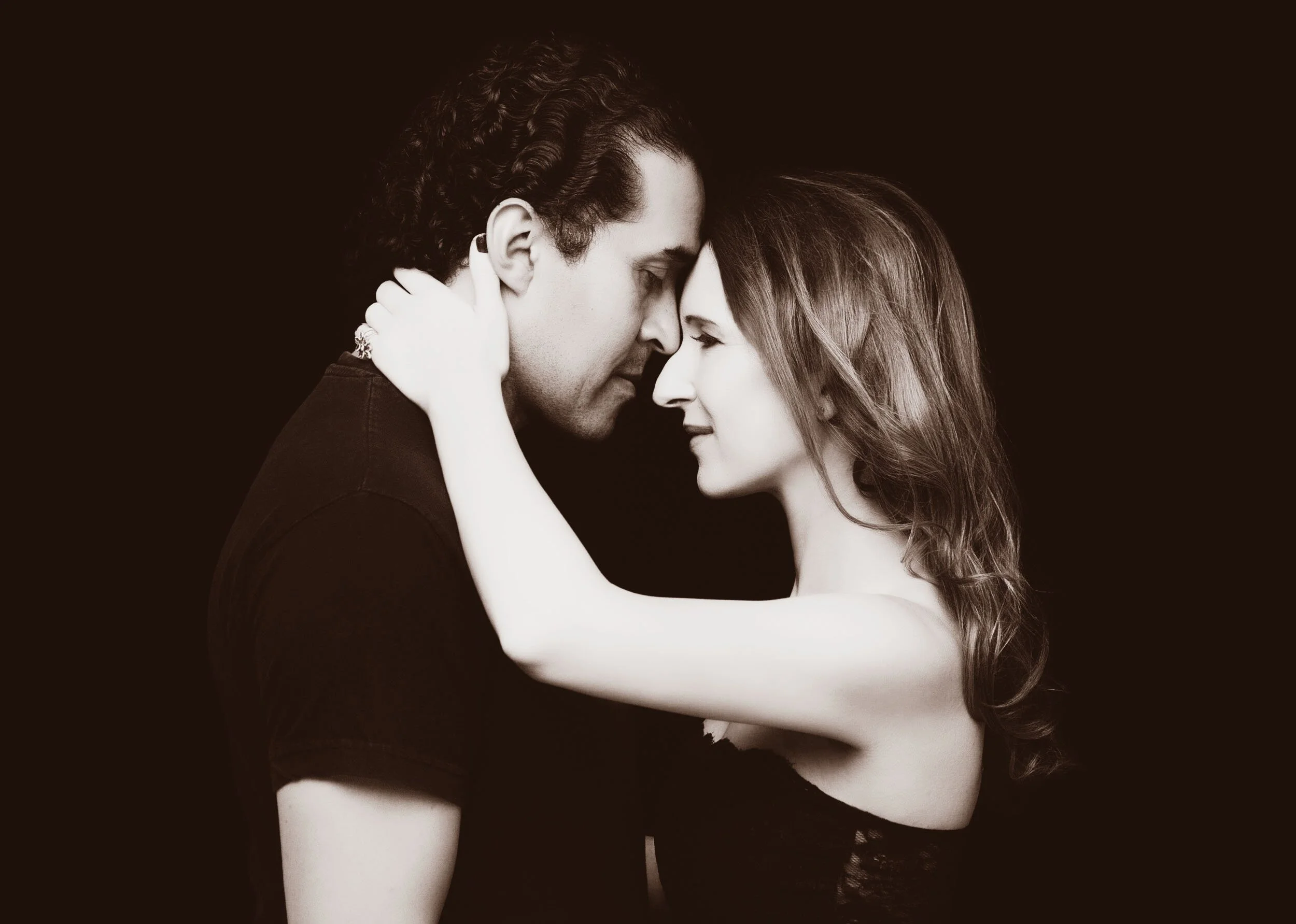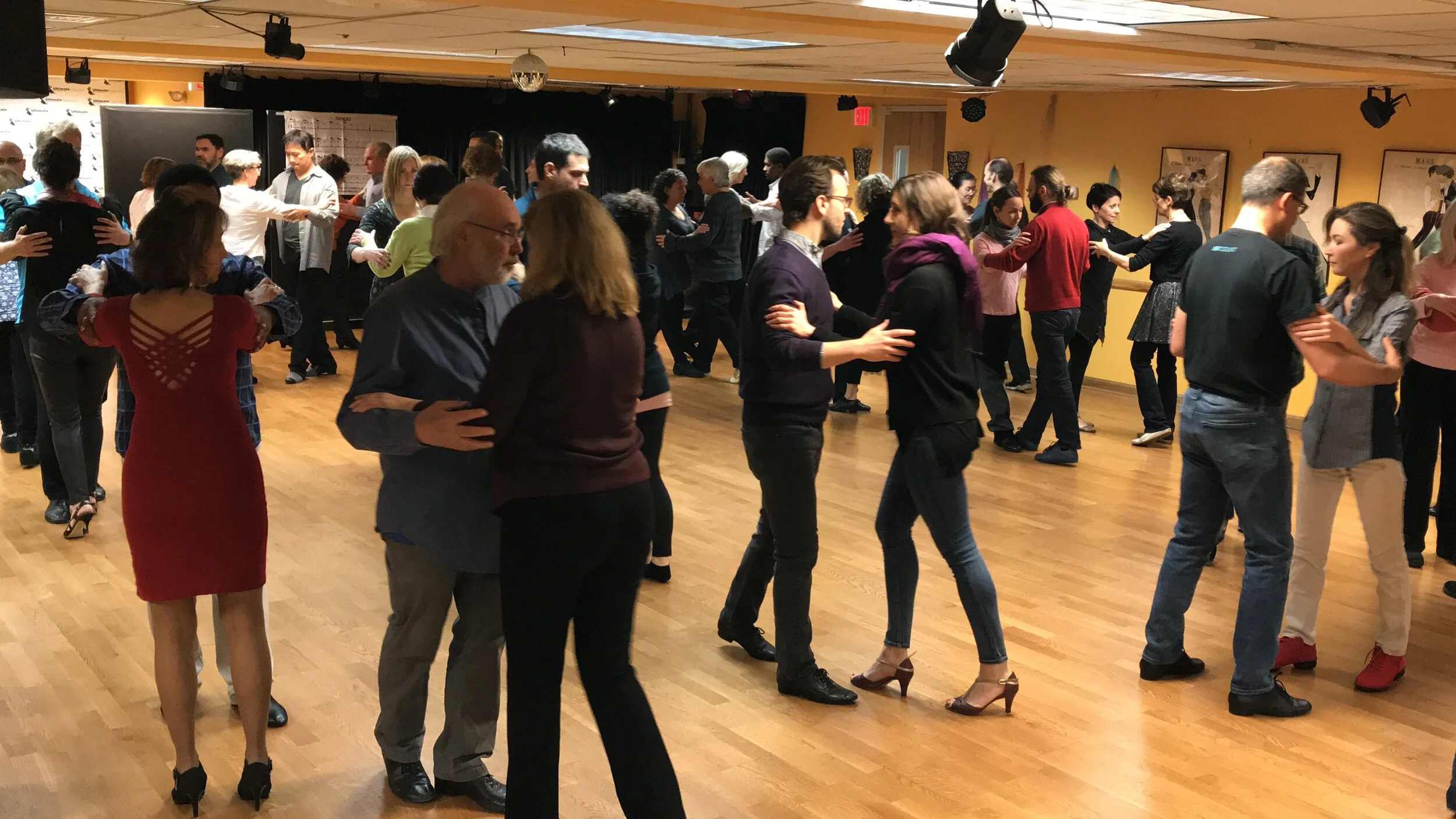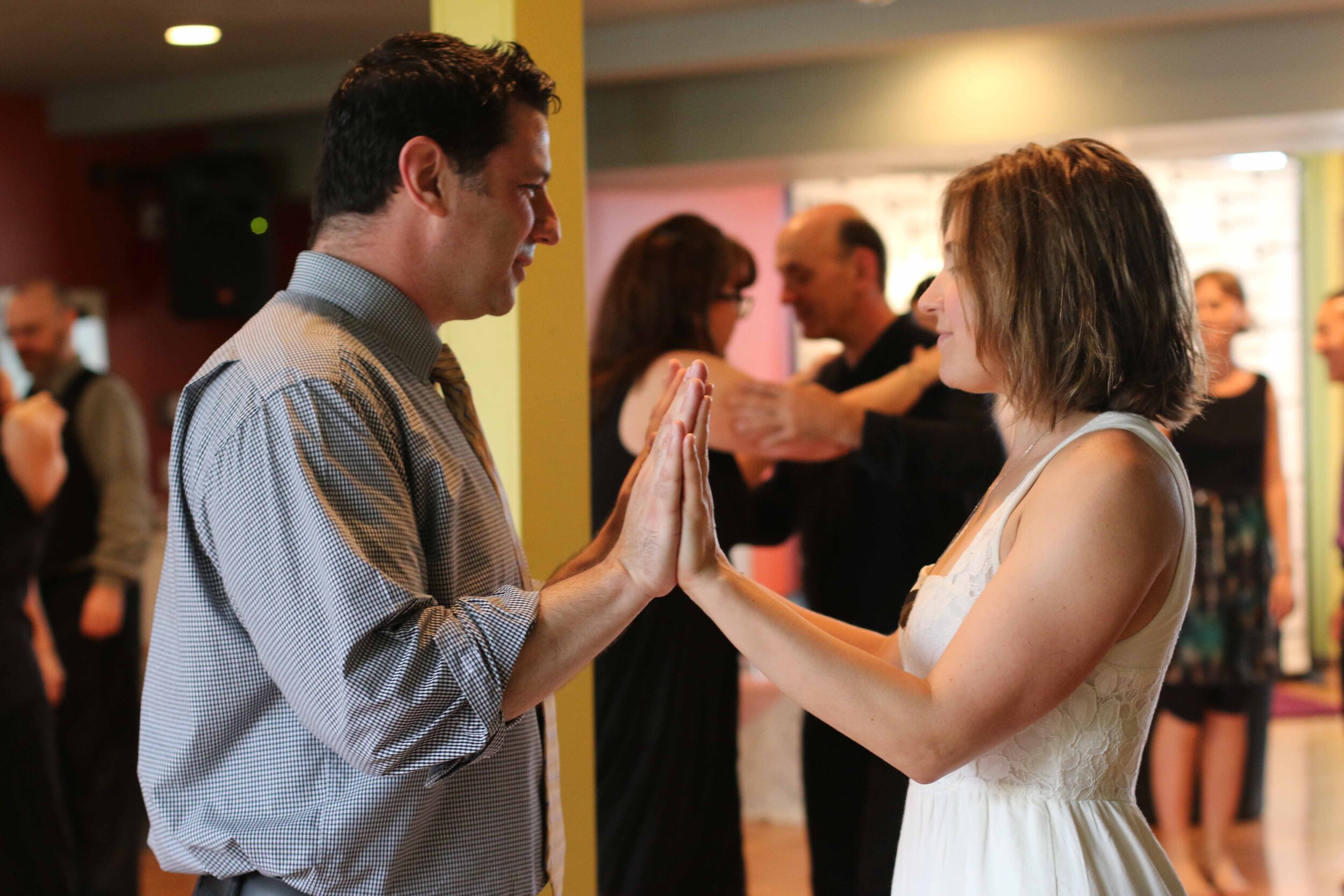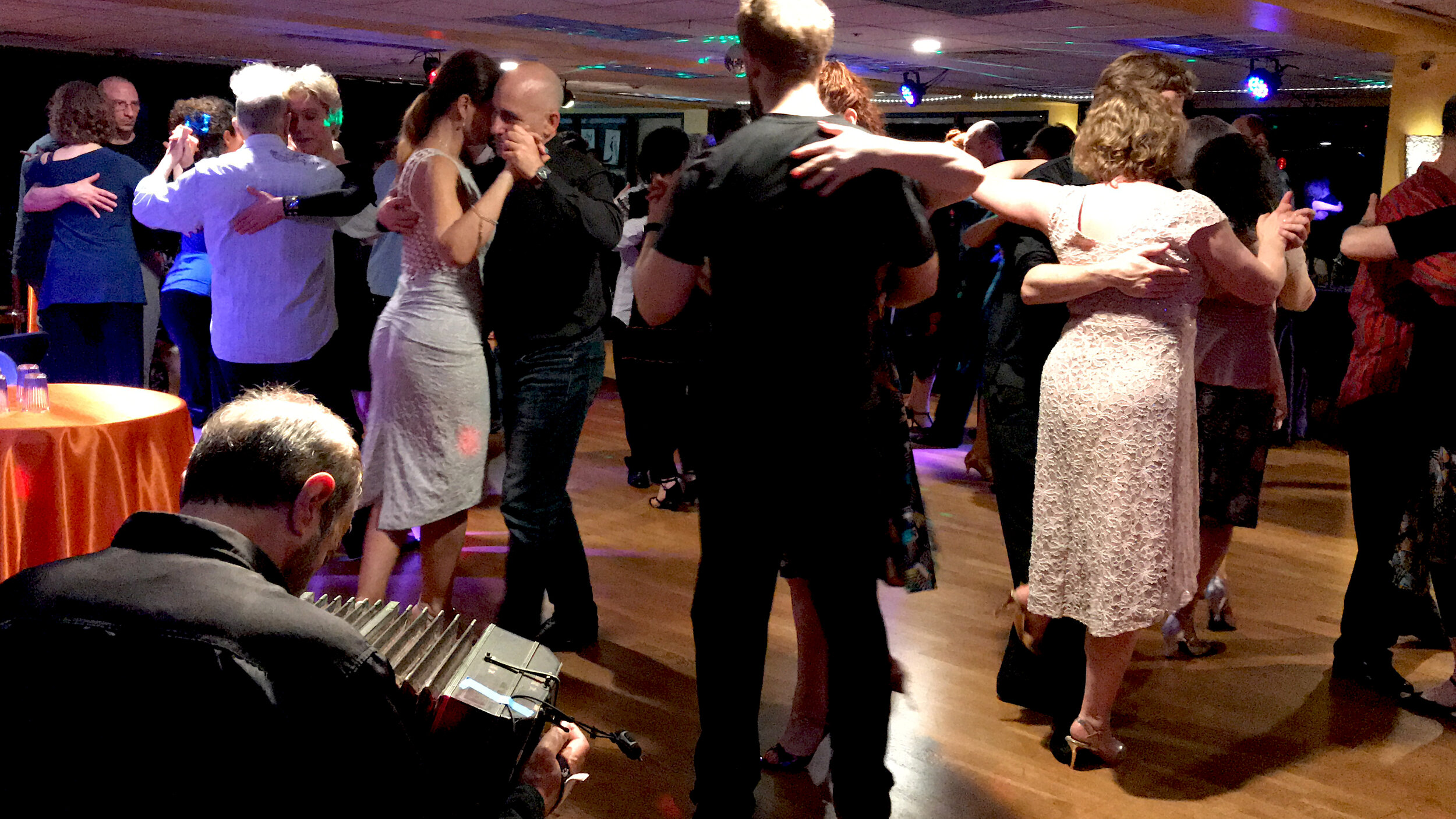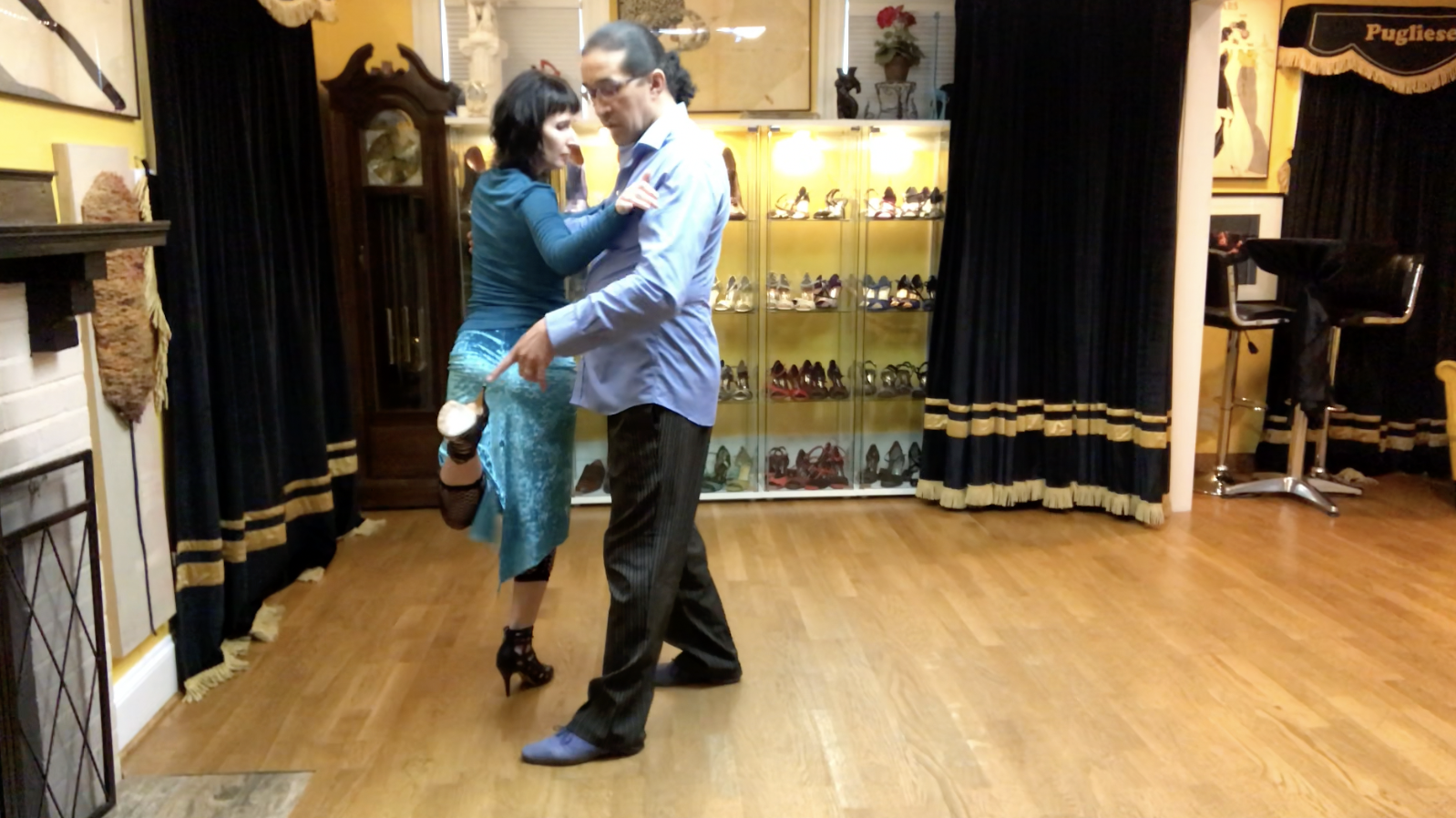Brought up in a culture that teaches women to be restrained, to keep a distance from men, to avoid intimacy, to not give men ideas, to let men chase you and not submit yourself too easily, this kind of attitude is understandable. But if you act like a newbie at the milonga, your chances of being invited are slim..
To increase one’s chances of getting an invitation in a milonga, one must be aware of what these unwritten rules are. Followers shall by considering the 10 tips discussed in this article.
Read MoreThe Basic 8 Count, also referred to as the 8 Count Basic, is one of the most fundamental steps taught in Argentine tango.
If one is studying tango as a beginner, it is more than likely that one will encounter the Basic 8 Count to the Cross. While there are no predefined steps in tango since it emphasizes the importance of improvisation, this sequence of the Basic 8 Count to the Cross will still come up as one of the first lessons.
Read MoreArgentine tango is a dance deeply intertwined with concepts like those that Naveira mentioned: feelings, passion, and energy. The tango code, the code of walking, and other such ideas did not exist for the old-fashioned milonguero in a way that is outside the realm of intuition. This is what makes tango a unique dance, but also one that seems to be less accessible to others.
Read MoreLike studying a new language, the best way to learn the Argentine Tango is to start with the basics and work your way from there.
It can seem daunting, but you’ll be surprised how mastering these 5 Argentine Tango steps will have you dancing in the right direction.
Read MoreLittle is known about tango and its origins.
Despite years and decades of effort, researchers have difficulty pinpointing a definitive origin point for tango.
One thing is certain about tango. The intrigue of the dance has created nations and comforted generations. Even today, people are still intrigued by the dance, especially how it can hone relationships between couples.
Read MoreDigital Dancing for Everyone
While many would agree that learning in-person at a studio is still the best way to practice Argentine tango, it cannot be denied that online tango schools are a great alternative that can work for students who want to learn at their own pace. If you’re interested in video courses for tango, check out the online schools listed and see which one works best for your learning style.
Read MoreOf course, many others have contributed greatly to a more profound and technical understanding and appreciation of Argentine tango. Among these are the inimitable Gloria Dinzel and Rodolfo Dinzel, more popularly referred to as Los Dinzel throughout their long and unparalleled career as tango dancers. In fact, Naveira himself credits the Dinzels as his first teachers.
I insisted on creating a method and we did it! I'll tell you how it was: I went to the kitchen and he had a piece of paper and a pen... 'How do I create a method?' And there's people who criticize this, but I don't care... - Gloria Dinzel
With their remarkable Dinzel System, Los Dinzel have gone on to teach innumerable students their concept, enriching the lives of tango dancers all over the world under their tutelage, many of whom, like Naveira, have become maestros of the craft in their own way.
Read MorePivots, turns, spins, and torsion may seem like small, subtle steps, but they are significant in creating a beautiful effect while dancing.
Read MoreThe musicality of tango will often dictate when these steps are best performed, but knowing how to do them can separate the novice dancer from a master of the dance floor.
Argentine Tango is known for its intense and sensuous dance style that is also romantic and elegant. We compiled a list of the top five most romantic Argentine Tango songs you can learn and dance to!
There are plenty of love songs to swoon over, but what is most popular and seemingly romantic, when analyzed in depth - reveals some not-so-romantic threads.
So, instead, we focused on tango songs with lyrics, rhythm and narrative that capture the most romantic vibe.
Read MoreNow that COVID is almost gone and life is slowly shifting into a state of normality for most, those passionate about tango can now take up their dancing shoes again to learn more or simply enjoy a milonga.
While there are still some limitations, such as the number of people allowed in a gathering, the tango schools re-opening and remaining open are a sign of hope that things will, eventually, go back to once they were.
Read MoreThe day had come! The group classes are finally restarting and we cannot hide the excitement of having all of you back! Seeing you again and checking if that Tango survived in you! And how we can dig it out, bring it back to the surface, and make it even better than before!
Read MoreIn most partner dances, choreography is what makes the dance something to behold. This can often be observed through elegant steps or grand, sweeping movements of the body. Figures and complicated steps are practiced over and over, giving a regular onlooker the impression that dancing is all about bombastic or sophisticated gestures.
Because of this, many believe that for one to dance effectively, one must be fit or athletic, with the ability to move differently on the dance floor than they do in everyday life. To some degree, this is true.
Read MoreYet, strangely enough, Argentine tango is so rooted in its humble beginnings that even the foundation of what is considered good tango dancing is the very thing one does every day: walk.
Various other tango personalities emerged over the years, Among these tango dancers and teachers was Mauricio Castro, who is most notable as the founder of Tango Discovery — a unique method of dancing and teaching tango. However, a cursory internet search of his name strongly suggests that Mauricio Castro and his work might have suddenly disappeared.
This then begs the question: where is Mauricio Castro, and what happened to his unique Tango Discovery method?
Read MoreThe forms of Tango are like stages of a marriage. The American Tango is like the beginning of a love affair when you are both very romantic and on your best behavior. The Argentine Tango is the next stage when you are in the heat of passion and all kinds of emotions consume you. The International Tango is like the end of the marriage when you are staying together for the sake of the children.
Read MoreThere’s always something inherently exciting about trying out a beginner course, and tango lessons are no exception. Many aspiring tangueros and tangueras would rush to tango classes with little to no knowledge about what to expect. On the one hand, this kind of attitude keeps one’s excitement intact, especially for those who are rather fond of surprises. On the other hand, not knowing anything about Argentine tango before taking beginner tango lessons may lead to some measure of disappointment in the long run.
Read MoreAesthetically speaking, tango is a beautiful dance. Not only is this evident in how tangueros and tangueras dress, but in the movements themselves.
Read MoreElegance and sophistication are exhibited by both partners. Thus, for tango to be beautiful, the dancers must also feel beautiful — which is what many women tend to feel, whether they lead or follow.
When asked about why they are addicted to Tango, self-proclaimed Tango addicts have a myriad of intriguing responses. Some answered that it was because of the interaction with the opposite sex. Another referred to Tango as his "quasi-religion" and described it as the artistic expression and freedom he needed to cope with all the order and humdrum of his daily life. One even compared Tango to fishing as a form of meditation.
Read MoreMore than just a dance, tango is an art form, a combination of substance and style — and one cannot exist without the other on the dance floor.
Its fluid, sensual movements make up the tango’s substance, with its lively, vigorous motions providing stylistic appeal. Tango is more than its movements, though.
Read MoreIn the sphere of Argentine tango, Newton’s Third Law can very much apply to the interactions shared by both leaders and followers, wherein each one gives and receives “force.” However, this term should not be mistaken as having the intention to coerce or intimidate. Rather, the concept of “force” in Argentine tango simply translates to the leader’s suggestion or proposal to execute a move and a follower’s response in favor of or in opposition to that suggestion. This dynamic, while applicable to many steps and counterpositions, may be best exemplified by the boleo.
Boleo is a beautiful figure, BUT… Remember a couple of things - Tango is created by two - Leader and Follower. Follower shall use the brain and know better NOT TO execute the high boleo, even if lead, in the crowded Milongas. The leader shall use his smarts to NOT TO lead it, or lead it in a way that does not pose the danger to other couples, or at least have an understanding of WHY the Follower refused the boleo
Read More
